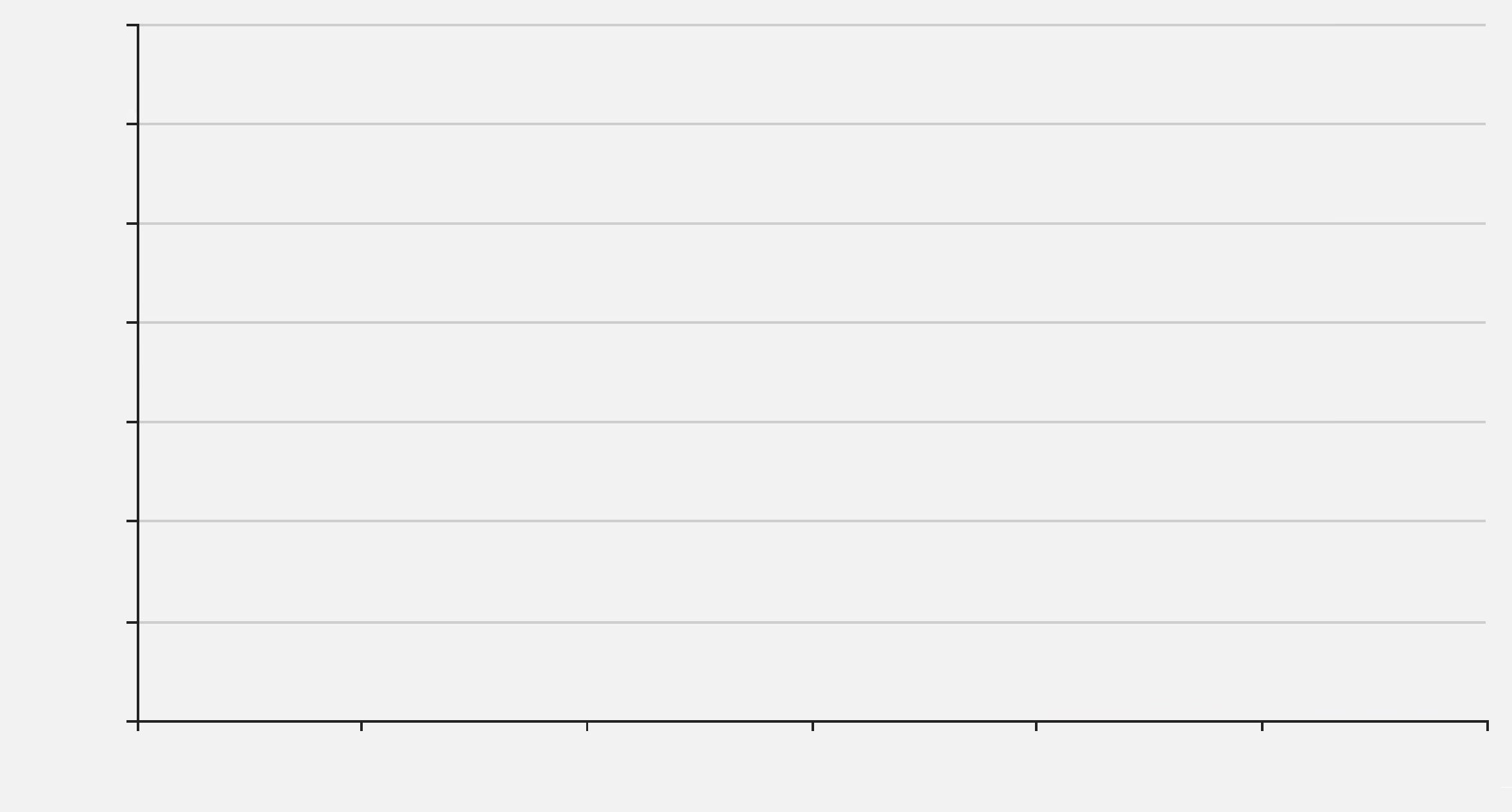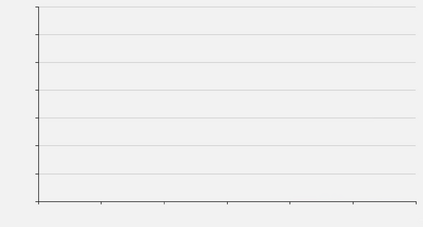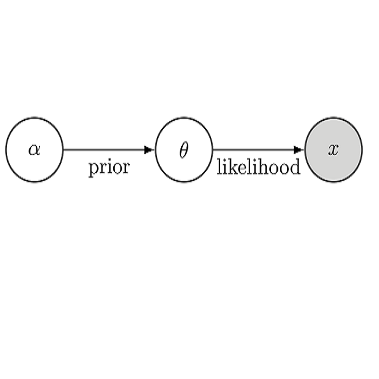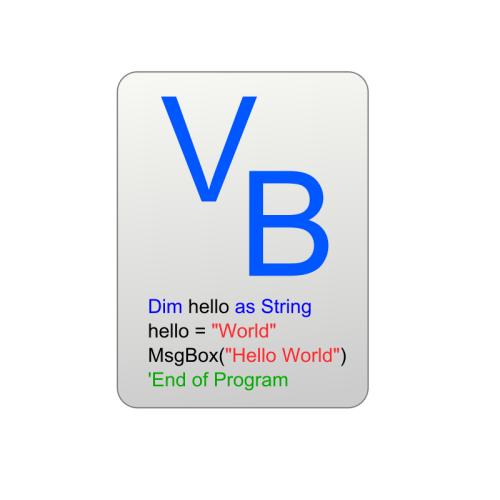Semantic-descriptor-based Generalized Zero-Shot Learning (GZSL) poses challenges in recognizing the novel classes in the test phase. The development of generative models enables current GZSL techniques to probe further into the semantic-visual link, culminating in a two-stage form that includes a generator and a classifier. However, existing generation-based methods focus on enhancing the generator's effect while neglecting the improvement of the classifier. In this paper, we first conduct an analysis of two properties of the generated pseudo unseen sample: bias and homogeneity. Then, we perform variational Bayesian inference to back-derive the evaluation metrics, which reflects the balance of the seen and unseen classes. As a consequence of our derivation, the aforementioned two properties are incorporated into the classifier training as seen-unseen priors via logit adjustment. The Zero-Shot Logit Adjustment further puts semantic-based classifiers into effect in generation-based GZSL. Our experiments demonstrate that the proposed technique achieves the state of the art when combined with the basic generator, and it can improve various generative zero-shot learning frameworks. Our codes are available on \url{https://github.com/cdb342/IJCAI-2022-ZLA}.
翻译:基因模型的开发使得当前GZSL技术能够进一步探究语义-视觉联系,最终以两阶段的形式,包括一个发电机和一个分类器。然而,现有的基于一代的方法侧重于加强发电机的作用,而忽视了对分类器的改进。在本文中,我们首先分析生成的假的无形样本的两个特性:偏见和同质性。然后,我们用变异的Bayesian推论回评价指标,这反映了所见和不可见的等级的平衡。由于我们的衍生结果,上述两个特性被纳入了分类培训,例如通过逻辑调整,见的unse 先前。Zero-Shot Logit 调整进一步将基于语义的分类方法在基于代的GZSLSL中生效。我们的实验表明,拟议的技术在与基本生成器的零-C/Q-ART-C 组合起来时,能够达到艺术状态。






